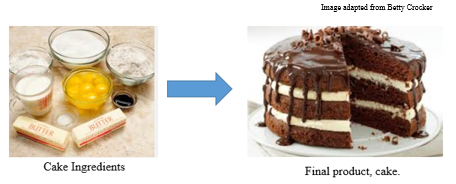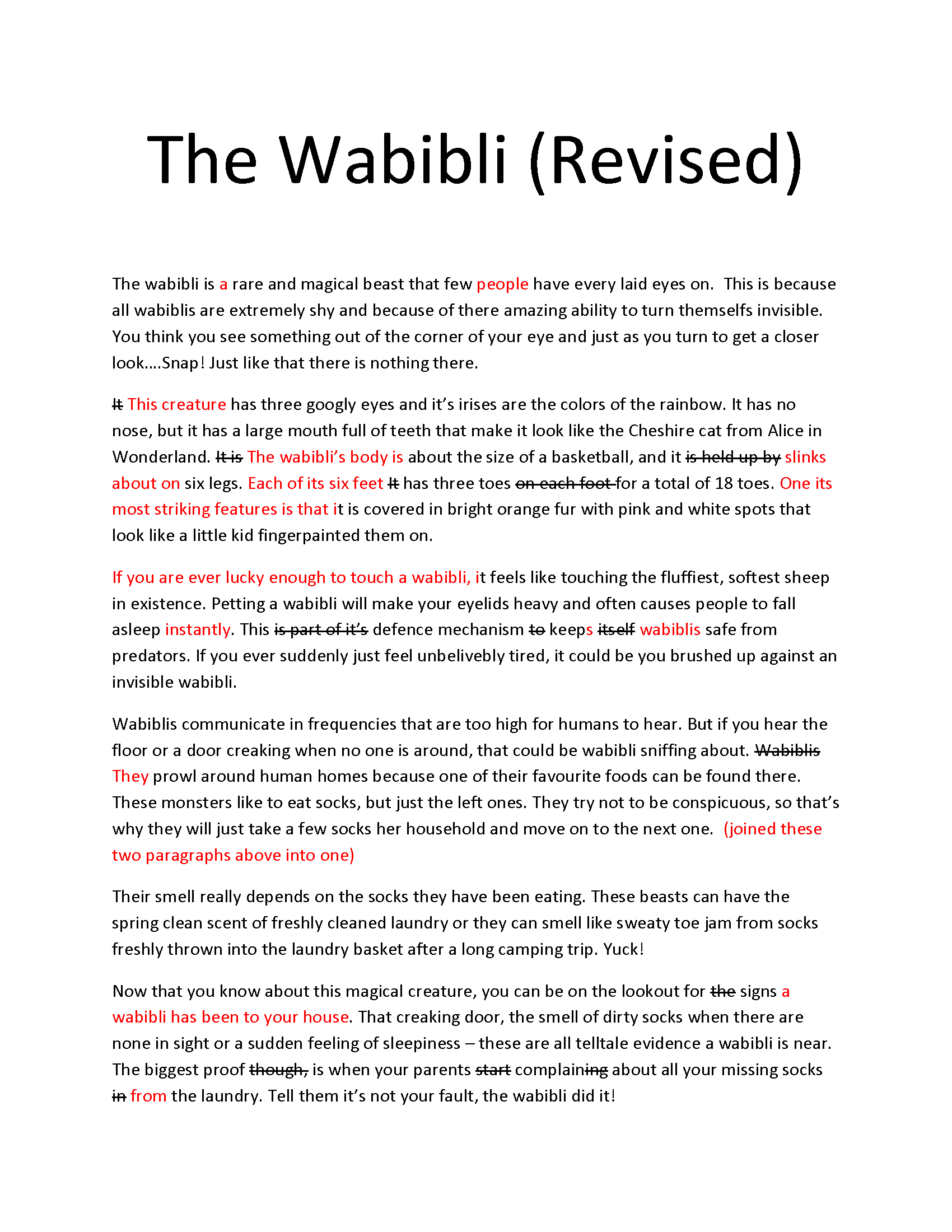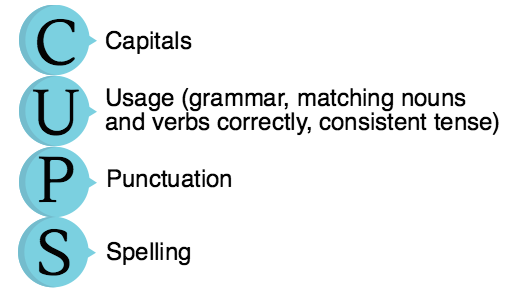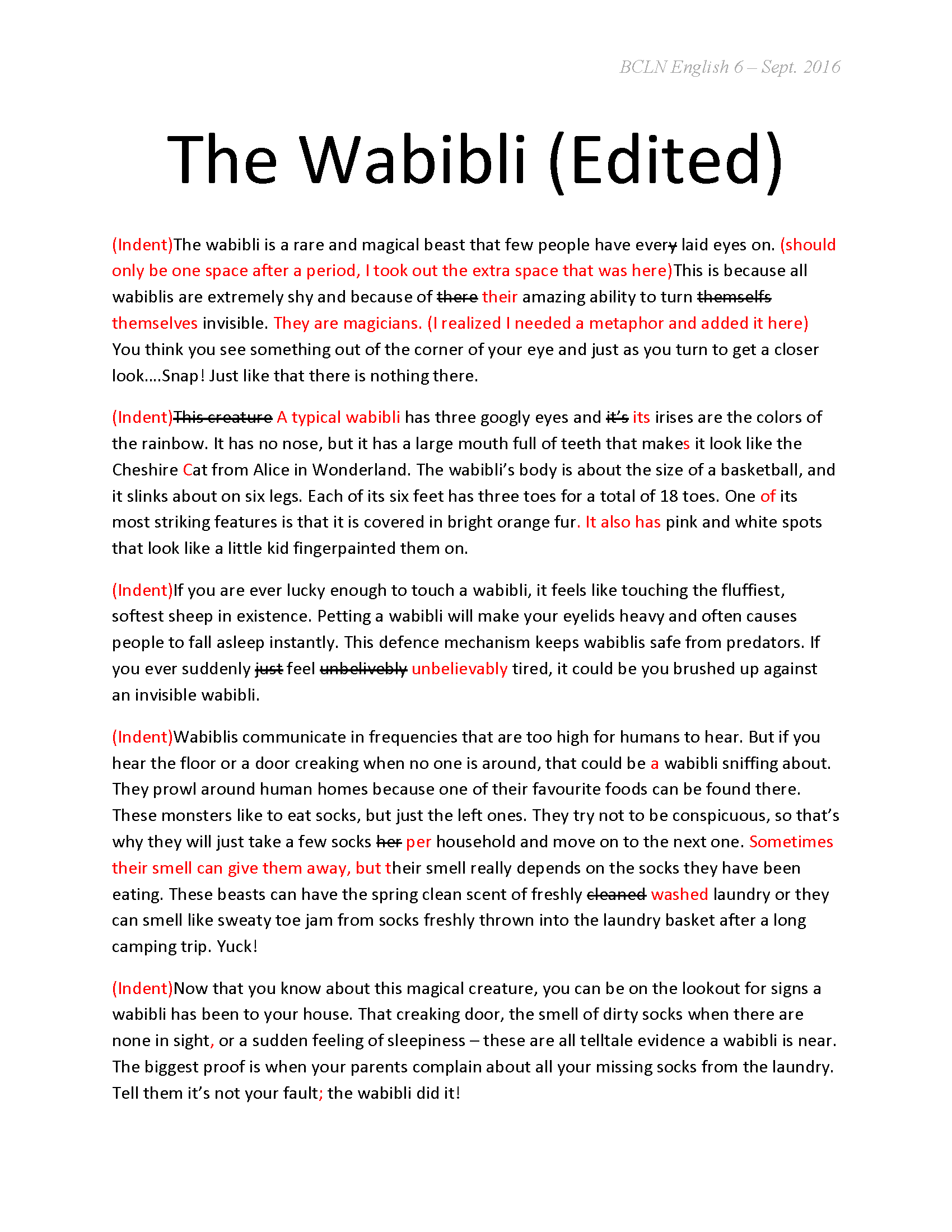2.10 You're the Author - Revising & Editing
| Site: | Cowichan Valley School District - Moodle |
| Course: | ELA5, CSS, Sferrazza |
| Book: | 2.10 You're the Author - Revising & Editing |
| Printed by: | Guest user |
| Date: | Sunday, 4 January 2026, 7:24 PM |
Description
Can you...

Learning Targets
By the end of this lesson, you should be able to say YES to the following questions.
- Can I follow the steps of the writing process to write a short story?
- Can I use my knowledge of the elements of a story to create a good story?
- Can I use my understanding of different genres to write in different genres?
- Can I write engaging and interesting short stories?

Final Important Touches on Your Story
 Now you have written or typed out your rough copy for your story. Nice work!
Now you have written or typed out your rough copy for your story. Nice work!
The next steps are revising and editing. Read over the following instructions and then carefully go through your writing.
Think of your story like making a cake. This part of the process is you inspecting your creation. You want to make sure it is looking the very best it can before you present it to your hungry and discerning audience.
Revising

Revising is when you look at the content and ask the following questions:
Is it in the right order?
Did you say everything you wanted to say?
Did you say everything you need to say? **Check the marking rubric to make sure you have everything you need in your writing.**
Is the information relevant? Do you need more details?
What can I add, delete, substitute, or replace to improve my writing?
Add, delete, substitute/replace, or move things as needed.
Review this example of a work revised.

Your Turn!
Revise your short story. When you think you are done, slowly read it out loud to make sure it makes sense.
Editing

Editing is where you look for mistakes in capitalization, grammar usage, punctuation, and spelling.
Remember to keep CUPS in mind as you read over your writing.

Review the example from your Descriptive Writing Unit

Editing - Consistent Verb Tenses
When you edit, the "U" in CUPS stands for usage. Usage is all kinds of things related to grammar and verb tenses. One thing to ask yourself when you revise is, "Did I use consistent verb tenses?" Here is what that means:
Editing - Quotation Marks
When you edit, the P in CUPS stands for punctuation. Watch this video for tips on how to use quotations if you have any quotes in your story. It is a great idea to use dialogue in creative writing. Punctuation can be tricky, and you need to start a new paragraph each time you change speakers.
Your Turn!
Complete your edits! When you are done, you are ready to submit your work to your teacher to get feedback to improve your final copy.
Turn in all your story planning sheets and your revised/edited draft:
- Start Your Story Sheet
- Plotting Action 1-3 Sheets
- Conclusion Sheet
- Revised/Edited Draft
Once your teacher has given you feedback on your work above, then make the necessary improvements to your story.
Marking Rubric
This is the marking rubric that will be used to mark your work. Read through it to make sure your story meets expectations.
| Content |
|
|||||
| Organization |
|
|||||
| Word Choice |
|
|||||
| Conventions |
|
|||||
| Writing Process Evidence |
|
Goal Setting
Before starting on story #2, discuss with your home facilitator a writing goal. What has been "going really well" with your writing? How has it improved? What would you like to really work on in your story #2? How will you know if you've shown improvement in that goal area?
In your Learning Guide, complete Story #2 Goal Setting before you start working on story #2.
Short Story Submission
After you have submitted your revised/edited work and gotten teacher feedback, you are almost done. Make the changes your teacher suggested and any other improvements you can make.
Once you have done this, you are ready to submit your final copy for grading.
Remember you need to do two different short stories, each in a different genre. So you do this process a total of two times.
Submit Story #1 to the Your Short Story #1 drop box.
Submit Story #2 to the Your Short Story #2 drop box.